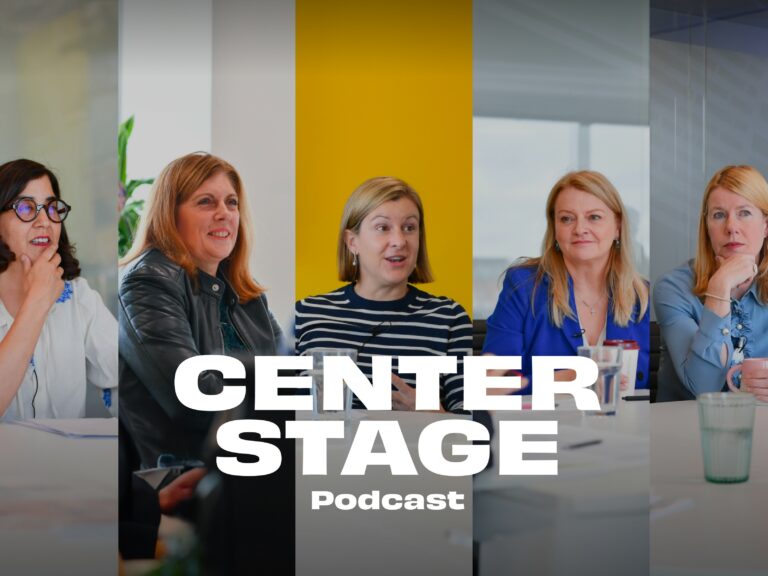Turning old ways to new

Tom Brown looks at the psychology of change – and how best to engage employees in the process.
Over two thousand years ago the Greek philosopher Heraclitus declared, ‘the only constant in life is change’. But, even today, it’s something we struggle to accept. Whether it’s a change to our usual Pret sandwich, new rules around ‘hybrid working’ or a strategy reset – change is often met with a degree of scepticism, even resistance.
Employees can make or break change. Clearly, they must be aware of it, understand it and be willing to adjust their behaviour accordingly. But change happens best when employees become its advocates.
How do you get your employees to be advocates of change? It starts with understanding how they are likely to react and, at each stage, taking steps to support and engage them.
Stage 1. Precontemplation – build awareness
The main themes of this first stage are denial and ignorance. Employees either have no idea that change is coming, or they’re in the mindset of ‘I’ve heard this all before’ or ‘that’s not for me’ and don’t believe much will happen.
You need to tell them change is coming, and make them believe in it.
This requires leadership, direction and clarity of message from the top, but it’s also critical to share ownership of the change more widely to build trust and collective buy-in.
For example, look for change ‘ambassadors’ to represent different groups. They’ll provide feedback on what the change will mean for their co-workers on a day-to-day basis and help to guide the way you think and speak about it.
Find them through e-mail campaigns, newsletters, the intranet, or messages on screens and posters. Use a range of channels to reach more people and build widespread awareness.
Stage 2. Contemplation & preparation – develop understanding
People are likely to have conflicted emotions. As they process the information, they will probably start to wonder what the change means for them – and how they will be supported.
Will they be able to deal with it? Will it make things easier or harder? Will they be forced to learn something new?
Show that you have listened to your ambassadors. Empower them to talk to their colleagues about what the change means, why it’s needed and how it will work in practice.
This will give people a chance to work through any knee-jerk reactions and start to prepare for what’s ahead.
Stage 3. Action – take action
It’s time to make the change happen. This is when people will start to change their behaviour. If you’ve communicated well up to this point, it won’t come as a surprise.
Make sure everyone knows the change is live. You might do this with a launch film, more e-mail/newsletter campaigns, updating environmental communications, and/or workshops and training sessions. These sessions should help people to gain clarity on what the change means for them – and how to get the most out of it.
It’s another opportunity to engage your ambassadors. They can star in the video, showing the content has come from colleagues, not just top down.
They can also run the sessions, given their understanding of different perspectives from their involvement so far. But make sure they’re supported, from session materials to presentation training.
Stage 4. Maintenance… and relapse – create advocacy
Remember, old habits die hard. It’s going to take more than a launch campaign to embed new ways of doing things. Make sure you keep up momentum with a regular drumbeat of content that reinforces why the change is great for the business and individuals.
For example, you could start a monthly push feature to share success stories. And, you guessed it – it’s another chance to bring in your ambassadors. They can run feedback and teething sessions with their teams. These will help work through any problems they’re experiencing as well as reporting back new issues.
So, how do you help employees through change? Communicate through a trusted source, make it relevant, tell employees what’s in it for them, and keep the conversation going.
If you’d like to hear how Bladonmore can help you communicate change within your business, please get in touch.
Share article


